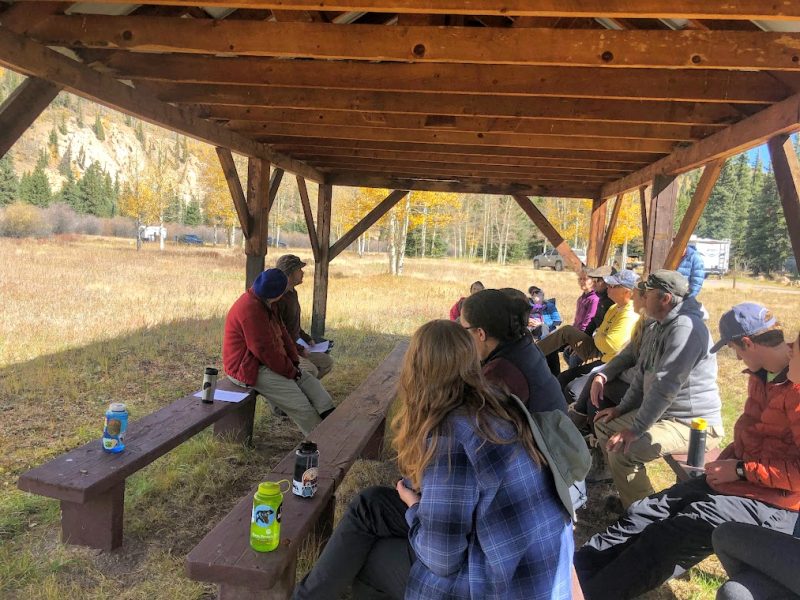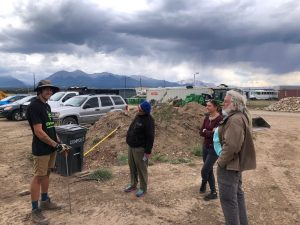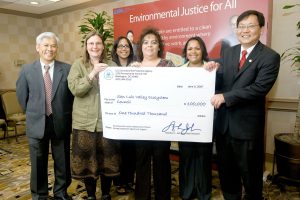
The San Luis Valley Ecosystem Council (SLVEC) works to conserve and restore the Upper Rio Grande Basin’s natural resources and biodiversity through research, advocacy and education. Incorporated in 1998, the organization helps to safeguard public lands in southern Colorado, balancing communities’ needs with those of animal and plant ecosystems. SLVEC’s director, Christine Canaly, said one of its first environmental justice programs was running a free well testing program with the Environmental Protection Agency (EPA), earning the nonprofit an award in 2007. “Many here rely on their household wells for drinking water. We tested over 800 wells and about a third tested positive for bacteria,” she says, explaining that SLVEC then offered educational programs, including on chlorination. “We had families tell us they’d never thought about cleaning their well – we really had an impact.” After securing an EPA grant, in 2010, the nonprofit surveyed communities, finding that air and water quality and illegal dumping were their main environmental health concerns. “We’ve been working on these issues ever since.”

San Luis Valley Ecosystem Council members taking a tour of a compost facility that services rural communities throughout Colorado in September 2024. Source: SLVEC
Run by a team of four staff members and eight consultants, SLVEC also draws on a pool of 10 active volunteers. Alongside its research, the team meets with legislators, educates the public about the issues impacting them through online outreach, and when needed, takes legal action to protect the public lands they advocate for. In 2007, SLVEC led a legal challenge which succeeded in halting exploratory oil and gas drilling in the valley. It reached more than 2,000 families with its air quality education program, and in 2020 participated in a hearing that committed to reintroducing gray wolves locally, as well as initiating another water testing program, investigating how climate change-driven drought is increasing concentrations of heavy metals. SLVEC has also provided local migrant agricultural workers with bilingual materials on ways to mitigate heat exposure. Canaly said: “We’re a small organization – but we really bring people in and get people out on the ground.”

San Luis Valley Ecosystem Council members with a check from the Environmental Protection Agency in 2007. Source: SLVEC